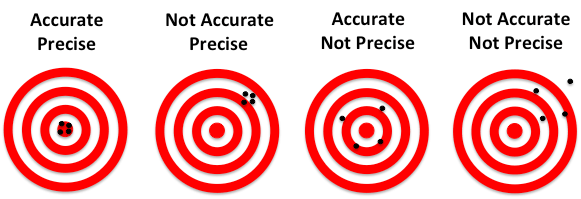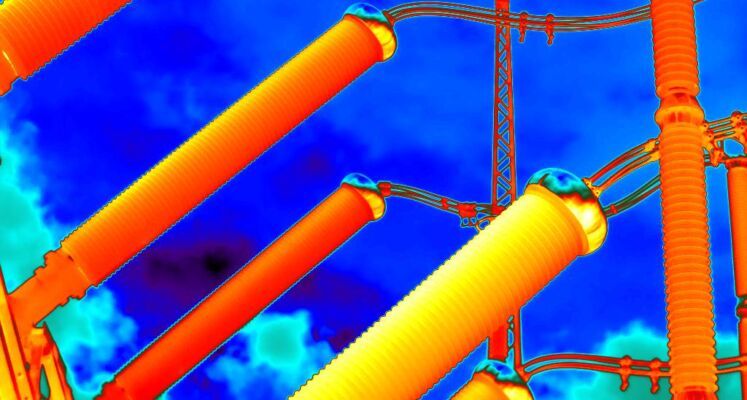In 6 steps to the right thermal imaging camera
In our range there are dozens of thermal imaging cameras with various specifications. Thus, there is a suitable model for every application, which we find using 6 questions.
1. What do you want to measure?
Everything starts with the object you want to measure. Is it a large area or a small component? And from what distance will the measurement be taken? These answers determine the resolution of the thermal camera and the appropriate lenses.
2. Fixed or portable?
We have both fixed and portable thermal imaging cameras. The portable models offer the most flexibility. They are useful for visualizing, for example, building energy losses or electrical overloads and bad contacts in electrical installations. A fixed thermal camera serves primarily as permanent monitoring. Think thermography for sedimentation detection, process control or fire monitoring.
3. Accuracy and precision
We also look at the accuracy you need. By this we mean the margin of error with respect to the actual temperature. For some applications, especially in the medical sector, high accuracy is required. In other situations, this may not be as important.
There is also a difference between thermal imagers in terms of accuracy. Picking up the smallest thermal variations requires a very sensitive sensor. Less accurate devices only detect larger temperature variations, which automatically produces less sharp images.
4. Detection speed
For static objects such as buildings and fuse boxes, a speed of 25 frames per second (fps) is sufficient. Moving objects, for example in industrial production processes, require cameras with a higher detection rate. For applications that require more than 25 fps, we recommend thermal imaging cameras with a cooled sensor.
5. Spectral properties
In certain situations you need to look through something to take a measurement, for example plastic, glass or a gas. In this case, you need a thermal imager with a specific spectral range. For other applications, you just want to see the substances, such as in Optical Gas Imaging (OGI)/gas detection. This is related to the wavelengths the device can pick up.
6. Software capabilities
Finally, let’s not forget the software capabilities. There are ready-made reporting programs, but also comprehensive software packages for researchers. We have thermal imaging cameras that can communicate with existing or self-developed scientific software. This makes data processing much faster.
Decision aid
Have you looked through our range, but can’t find a suitable thermal imaging camera right away? No problem. Simply ask our specialists for advice. They will listen to your requirements and select the most suitable camera.


